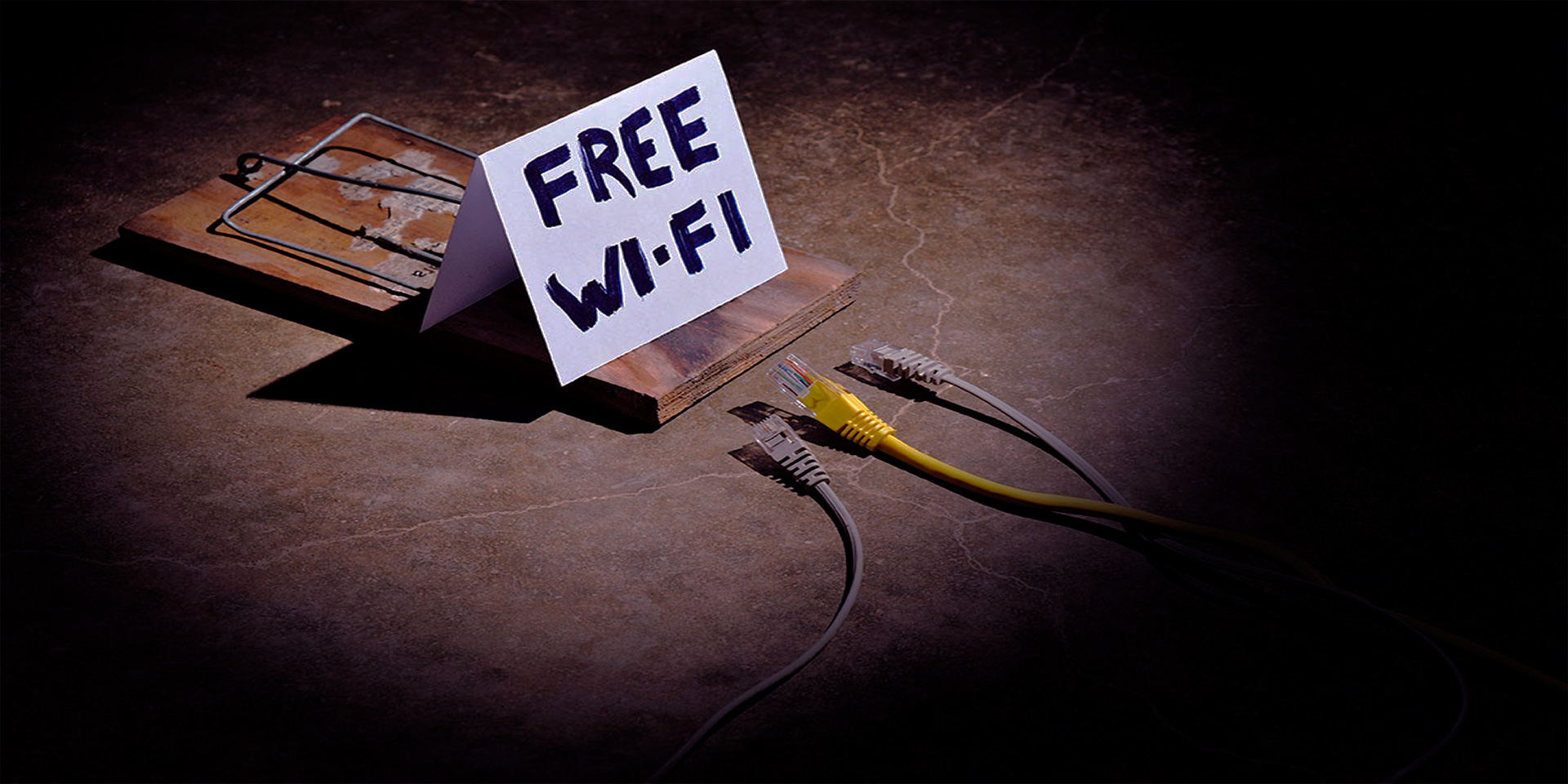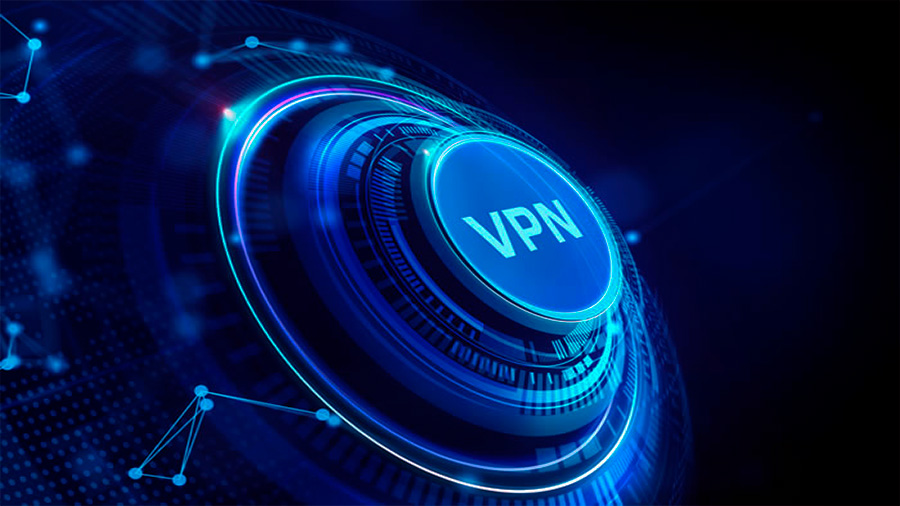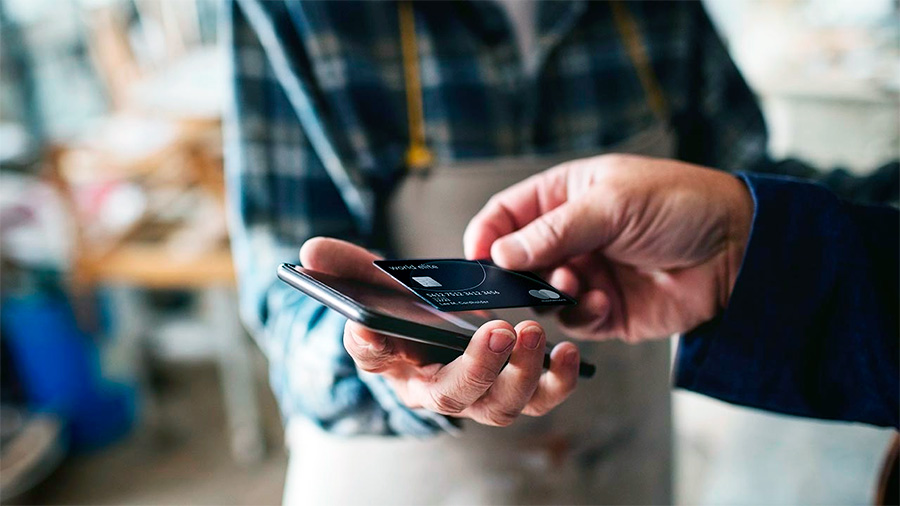Dangers of Public Wi-Fi Networks and How to Protect Yourself
4 min read
Public Wi-Fi networks are everywhere, from coffee shops and airports to libraries and hotels. While these networks offer convenience, they also pose significant security risks. Using public Wi-Fi can expose your personal data to hackers who may intercept your information. This article explores the dangers of public Wi-Fi and provides practical tips on how to protect yourself, including using Virtual Private Networks (VPNs), disabling file sharing, avoiding sensitive transactions, and adopting additional security measures.
The Dangers of Public Wi-Fi Networks
Public Wi-Fi networks are often unsecured, making them prime targets for cybercriminals. When you connect to a public network, your data can be intercepted by hackers using various techniques. One common method is “man-in-the-middle” attacks, where hackers position themselves between your device and the Wi-Fi network to capture the data you transmit. This can include sensitive information such as passwords, credit card numbers, and personal messages.
Another risk is the presence of malicious hotspots. Cybercriminals can set up fake Wi-Fi networks with names similar to legitimate ones, tricking users into connecting. Once connected, the hacker can access your data and even install malware on your device.
Public Wi-Fi networks are also vulnerable to eavesdropping. Hackers can use readily available tools to capture and analyze unencrypted data being transmitted over the network. This means that any information you send or receive on an unsecured public Wi-Fi network could be intercepted.

Using Virtual Private Networks (VPNs)
One of the most effective ways to protect yourself on public Wi-Fi is by using a Virtual Private Network (VPN). A VPN encrypts your internet connection, making it much harder for hackers to intercept your data. When you connect to a VPN, your internet traffic is routed through a secure server, masking your IP address and encrypting your data. This ensures that even if a hacker manages to capture your data, they won’t be able to read it.
Setting up a VPN is straightforward. There are many VPN services available, both free and paid, that offer varying levels of security and features. Choose a reputable VPN provider, install their app on your device, and activate the VPN whenever you connect to a public Wi-Fi network. By doing so, you significantly reduce the risk of your data being intercepted.
Disabling File Sharing
Another important step in protecting yourself on public Wi-Fi is to disable file sharing on your device. File sharing features, such as AirDrop on iOS devices or file sharing settings on Windows and macOS, can make your device more vulnerable to attacks. When file sharing is enabled, other users on the same network may be able to access your files or send you malicious files without your knowledge.
To disable file sharing, go to your device’s settings and turn off any file sharing options. On Windows, you can find these settings in the Network and Sharing Center. On macOS, go to System Preferences and select Sharing. For iOS devices, disable AirDrop or set it to receive files only from your contacts. Taking these steps will reduce the risk of unauthorized access to your device while connected to a public Wi-Fi network.

Avoiding Sensitive Transactions
When using public Wi-Fi, it’s best to avoid conducting sensitive transactions, such as online banking or shopping. If you must perform these tasks, use your mobile data connection instead of public Wi-Fi. Mobile data networks are generally more secure than public Wi-Fi, reducing the risk of your information being intercepted.
If you have no choice but to use public Wi-Fi for sensitive transactions, ensure that the website you are accessing is secure. Look for “https://” at the beginning of the URL and a padlock icon in the browser’s address bar. HTTPS websites encrypt the data transmitted between your browser and the website, providing an additional layer of security. However, be aware that HTTPS alone does not guarantee complete security, so it’s still best to avoid sensitive transactions on public Wi-Fi when possible.
Additional Security Measures
In addition to using a VPN, disabling file sharing, and avoiding sensitive transactions, there are several other measures you can take to enhance your security on public Wi-Fi networks. Keeping your devices and software up to date is crucial. Regular updates often include security patches that protect against known vulnerabilities. Ensure that your operating system, browser, and apps are all up to date to reduce the risk of exploitation.
Using antivirus software is another essential measure. Antivirus programs can detect and block malicious software that may be attempting to infiltrate your device. Choose a reputable antivirus program and keep it updated to ensure maximum protection.
Finally, consider enabling two-factor authentication (2FA) for your online accounts. 2FA adds an extra layer of security by requiring a second form of verification, such as a code sent to your phone, in addition to your password. This makes it more difficult for hackers to gain access to your accounts, even if they manage to obtain your password.
Conclusion
Public Wi-Fi networks offer convenience but come with significant security risks. Understanding these risks and taking steps to protect yourself can help keep your personal information safe. Using a VPN, disabling file sharing, avoiding sensitive transactions, and adopting additional security measures such as using HTTPS websites and keeping your devices updated are all essential practices for staying secure on public Wi-Fi.
By being vigilant and proactive about your online security, you can enjoy the convenience of public Wi-Fi without compromising your personal information. Remember, in the digital age, taking the necessary precautions to protect yourself is crucial. Stay informed, stay secure, and surf the web with confidence.



